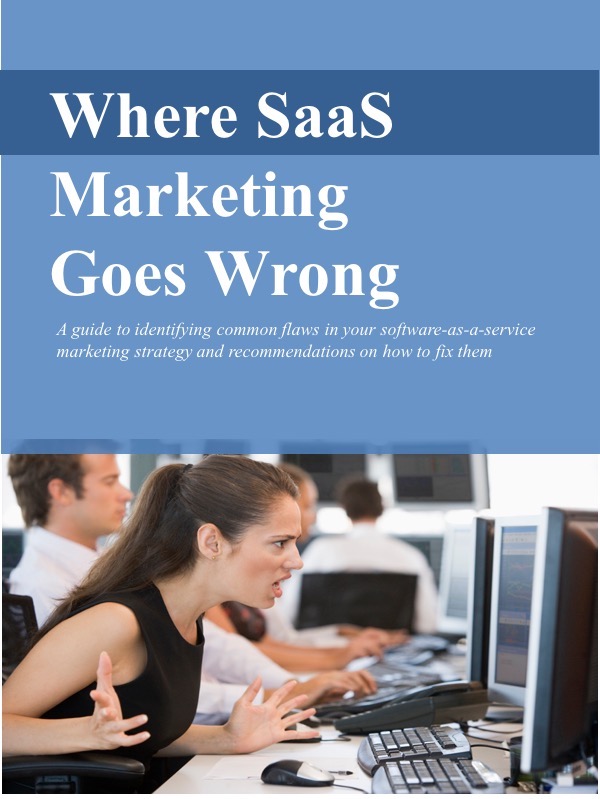Your SaaS prospects could be afraid to buy
/If you’re selling or marketing a software-as-a-service (SaaS) solution, you’ve probably seen something like this before:
You’re talking with a prospective customer that’s struggling with a broken, outdated system, something they’ve been using for a long time to handle some vital task. The prospect knows it’s a poor system and they know it’s hurting their organization.
And you’ve shown them your wonderful SaaS solution, they can see how it would be a huge improvement, and… they still don’t buy.
You’d once listed these prospects as “highly qualified” or “ready to buy,” but then they go dormant. No response to calls, no answers to emails… just radio silence.
What happened?
Fear that something will go wrong getting from the old to the new
It could just be fear. Your once-hot prospect got cold feet.
Up until the moment of truth – a decision to OK the purchase – everything had gone exactly as scripted.
Your prospect recognized the flaws in their existing system and they clearly saw the benefits and advantages of your superior alternative.
But then things hit a roadblock. The prospect is worried about getting from here to there.
Moving from their existing system to your new system is fraught with peril. Lots can go wrong with the transition.
Inputting data can be difficult and time-consuming.
Data can get lost in the transition.
Users can get confused.
Administrators can get confused.
Standard reports might not get prepared.
Normal workflows might be interrupted.
There may be a gap when neither system is available.
None of this would be good news for your customer.
Remember that they, like most SaaS buyers, is someone with a full-time job with other responsibilities and a reputation to protect. (See “Your prospect has a day job.”)
The HR manager doesn’t want to hear from employees that they can’t request vacation days or complete a performance review.
The Finance manager doesn’t want to hear complaints that expense reports can’t be submitted or vendors can’t get paid.
The Sales exec doesn’t want to hear that account reps can’t see their pipeline or track progress on their opportunities.
The warehouse manager doesn’t want to find out that it’s impossible to accurately track inventory.
These folks don’t have the time, the patience, or the thick skin to deal with the complaints and push-back if the move to a new system goes wrong.
Getting prospects past the fear
No matter how poor their existing system, and no matter how wonderful the promise of your new system, if the customer can’t see themselves getting from the old to the new flawlessly, they might not take the risk. They’ll stick with what they’ve got and what they know, warts and all.
Getting them over that fear doesn’t mean showing them yet more features and functions in your system. It doesn’t mean pointing out again the costs of their existing system or showing them the extraordinary ROI on your system. And it has nothing to do with offering a lower price.
Instead, it’s about showing prospective customers that your experts will guide them through a proven, well-structured implementation. They need to be convinced them that they can rely on you to help them navigate the transition to your new system.
Until prospects trust that you can help them get from where they are now to where they want to be – without things breaking along the way – they’ll hold off on making a decision. They won’t buy.
